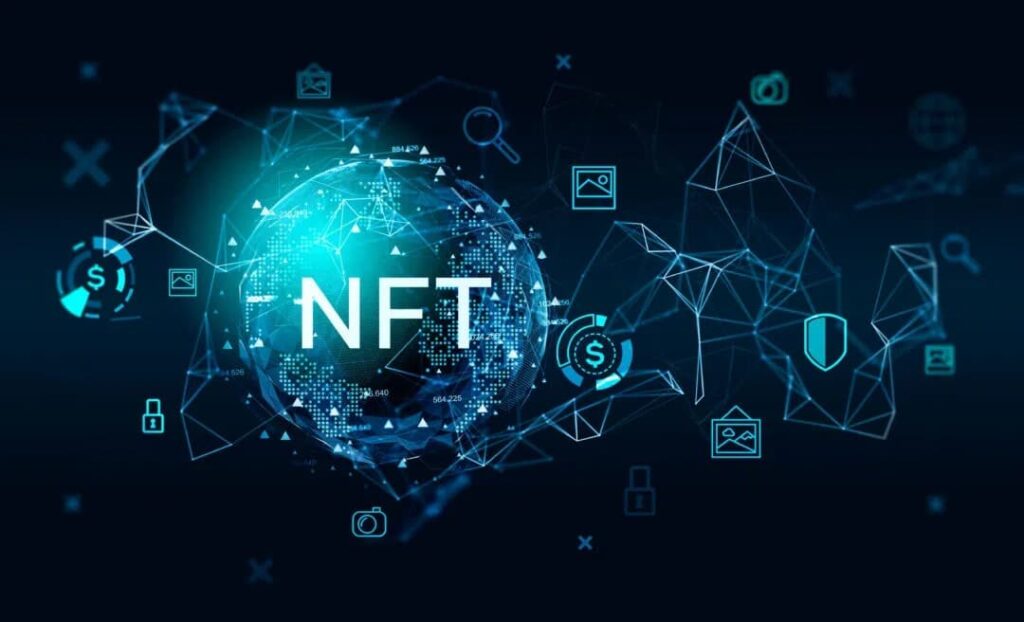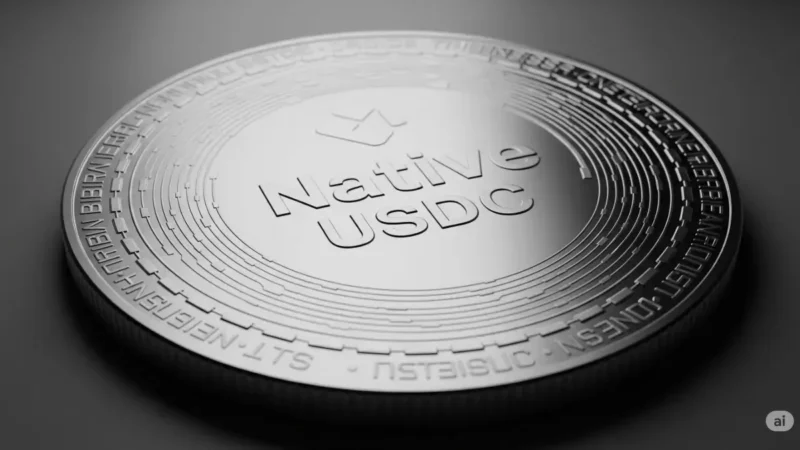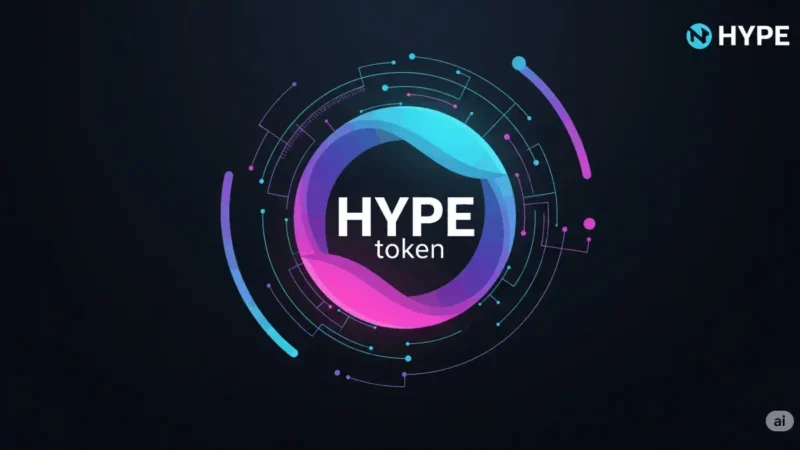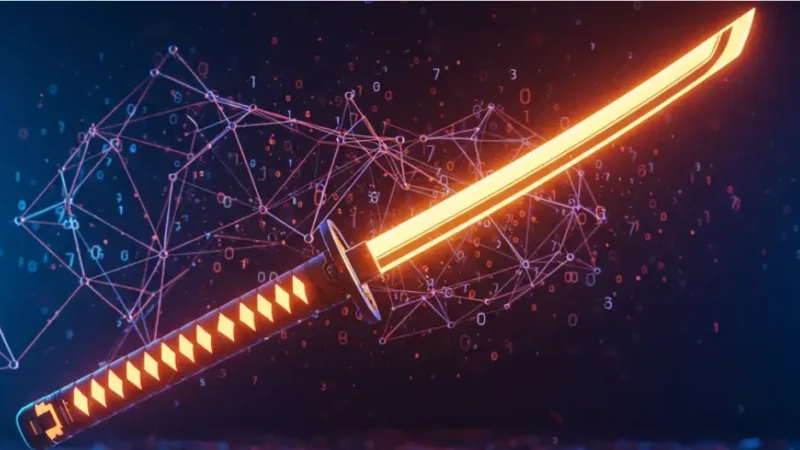How to create an NFT – step by step instructions

So-called non-fungible tokens (NFT) were initially primarily for crypto insiders. Due to the interest of well-known athletes, artists and celebrities from different directions, the tokens are also enjoying increasing popularity in the mainstream. Experts already estimate the NFT market volume at the end of 2021 at 15 to 20 billion US dollars. In the end, the year 2022 is likely to bring NFTs even further into the focus of artists, investors and speculators, despite interim problems on the crypto market. Not only the demand is increasing rapidly. The question of own tokens is also growing. In fact, there have long been some warnings of a real speculative bubble, as has repeatedly happened in the crypto sector in the past. Most providers will not achieve record prices.
For example, digital collectibles from sports clubs or products related to gaming are in demand. The good news: You don’t need extensive specialist knowledge to create and sell NFT products yourself.
Crypto wallet and reserves are mandatory to sell NFT
There are now a whole range of trading places that enable renowned as well as unknown artists to create tokens. In many cases, there are not even any fees for the design. However, the sale is subject to a fee at the latest. In the first step, creating an NFT requires a crypto wallet. The basic requirement is also that NFT producers are also in possession of the property rights. Finally, cryptocurrencies approved by the platforms are required. These are later used to pay sales fees that are due. A large part of the currently active service providers for the creation and trading of non-fungible tokens have so far worked on the basis of the Ethereum blockchain . In this respect, it is advisable to have a certain ETH quota.
On these portals you can create NFTs and offer them for sale
The OpenSea trading platform is one of the big names in the industry. But providers such as Rarible, Mintable or Super Rare are also positioning themselves in the competition. The list could undoubtedly be expanded continuously. According to experts, the above trading places are characterized by the fact that they are used by a particularly large number of suppliers and buyers. On the other hand, they are considered a good address for beginners due to their high level of user-friendliness. Interested parties should bear in mind that not every marketplace is automatically open to all future NFT developers. In individual cases – such as in the case of Super Rare – an application is required. Approval is only granted after examination by a panel of experts.
Possible waiver of fees for NFT creation
We have already pointed out above that some platforms do not charge fees for the development of non-fungible tokens. If fees are charged, it is worth making an objective comparison. However, costs should not be the sole criterion. Marketplaces such as OpenSea, which allow free creation, are correspondingly of great interest. While there are many potential buyers there, there are also a particularly large number of competitors who in turn are offering NFTs for sale. A double-edged sword. The sales fees are also worth comparing. These vary significantly between the trading venues, which is partly due to the technical effort involved in providing them. Percentage fees on the realized sales price are common. To stay with the OpenSea example: Here, NFTs are only stamped at the moment of purchase, costs are borne by the buyer as so-called gas fees. Such gas fees (Gas fees) are a fixed part of the Ethereum blockchain as fees for transactions and depend on the current supply and demand (and thus on the computing power required for the execution of transactions in the network).
Anyone who is already active in the crypto universe and has clear preferences in terms of the blockchain used should definitely compare marketplaces for NFT creation with a view to blockchain support. While Ethereum often comes first, it is by no means the only supported blockchain on the platforms. NFT creators also get support for the following blockchains, depending on the portal:
- Binance SmartChain
- EOS
- Solana
- Tezos
- Tron
It is correct: The integration of further blockchains is progressing rapidly on the trading platforms, so that users are becoming more and more flexible in this regard. The Ethereum blockchain is and remains the first choice for NFT minting on many platforms.
How to create NFTs – a three-point introduction
Step 1 – Choosing the right artwork
First of all, artworks that are suitable for “tokenization” are needed. Although the main focus of the market is clearly on digital art, analogue art (e.g. music, paintings, video, trading cards or films) can also serve as a basis for non-fungible tokens. The creation requires neither the use of specially installed software nor an app. Existing programs for editing graphics, images as well as video and audio content is sufficient. In addition, the portals allow generation via the normal browser as well as via mobile devices.
Anyone wanting to create NFTs from analog art can easily scan or photograph content. On special online portals (e.g. fiverr) orders can also be placed with experienced artists and designers for the creation of NFTs. Here again the aspect of property rights needs to be considered. Incidentally, NFTs that can be assigned to specific collections are particularly popular and successful at the same time.
Step 2 – the actual creation of NFTs
After deciding on promising works, it is a matter of choosing the marketplace for sale. You got to know the criteria for the selection process – such as the supported blockchains and the amount of the fees – above. Precise planning of the “minting”, i.e. the process for generating (the so-called “minting”) of NFTs, is important. The reason: Once NFTs have been generated and stored in the blockchain, further processing is impossible. When making your decision, also take into account which file formats and file sizes are permitted in the portals! The chances of a quick sale at the desired price increase the more attractive the artist formulates their self-portrayal on the marketplace. Make prospects as “palatable” as possible to buy your NFTs.
Detailed background information on the art, your own history as an artist and, last but not least, a personable demeanor when describing your works increase the chances of success with potential buyers. References to successful exhibitions, good sales figures and other details help to initiate a quick sale. However, the actual sale can only take place after the next step.
Step 3 – Selling newly created NFTs
Last but not least, it is about buyers learning about non-fungible tokens and the purchase option. Providers do not have to do much more than click on “Sell” (on international platforms “Sell”) on the preferred marketplace. This is about the question of which of the cryptocurrencies available on the platform should be allowed as a payment method. Furthermore, it is necessary to make the decision for an NFT sale at a fixed price or an auction. An auction can be useful, especially at the beginning – also to find out your own market value to a certain extent. If an auction is chosen, the definition of a minimum bid can ensure a secure basic turnover. Important: Who resells NFT art, can also determine a possible participation of the respective artist after a change of ownership in offers. Once the above three steps of the sales process have been completed, marketplace participants have access to the NFTs. And ideally, advertise new offers in a timely manner.
Our conclusion on the subject of NFT creation
The process from choosing a supposedly profitable work of art to the final sale is much easier than many laypeople think. If you take the above tips to heart, you can create your own non-fungible tokens with minimal effort and quickly complete your first sales. Provided the interest is there.



